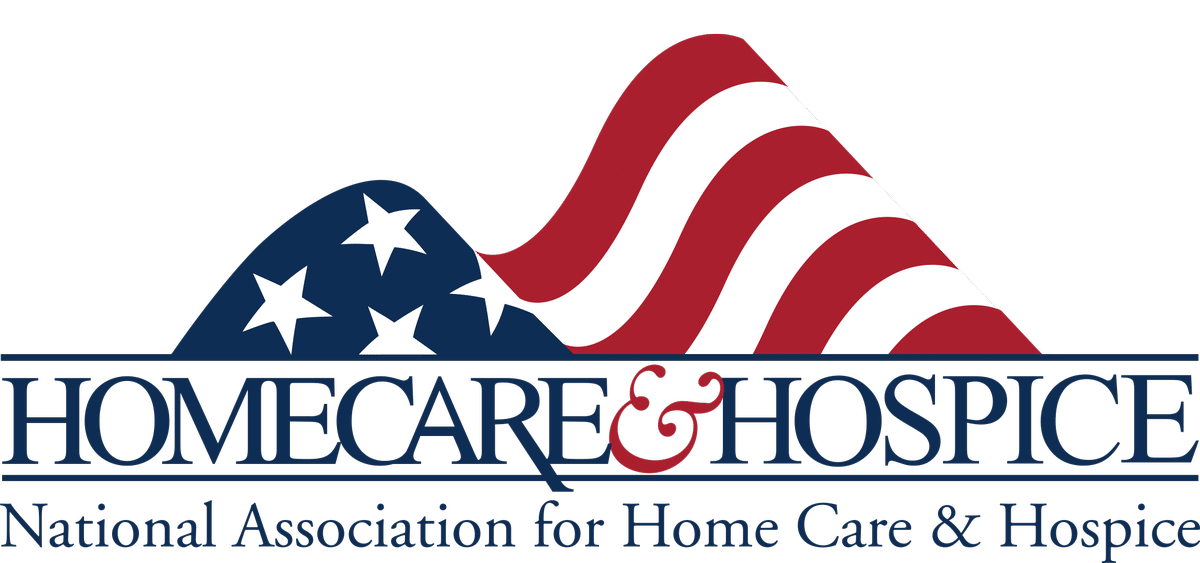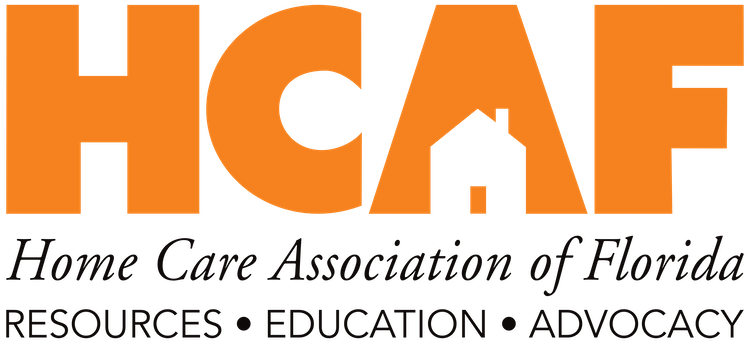HHVBP Continues to Show Cost Savings and Quality Home Health Care

HHVBP Continues to Show Cost Savings and Quality Home Health Care
 Courtesy of the National Association for Home Care & Hospice
Courtesy of the National Association for Home Care & Hospice
The Centers for Medicare & Medicaid Services (CMS) has released the fourth annual report on the Home Health Value-Based Purchasing (HHVBP) Demonstration, which includes data from calendar year (CY) 2019. This data will impact payment adjustments for participating home health agencies for CY 2021.
The most notable part of the report is the cumulative savings of $604.8 million in overall Medicare spending for fee-for-service (FFS) beneficiaries receiving home health services from 2016 to 2019. The savings are largely driven by reduced spending for inpatient and skilled nursing facility services. These savings due to HHVBP were partly offset by an estimated 6.1 percent increase in Medicare spending for outpatient emergency department visits and observation stays through 2019, which translates to a cumulative (2016-2019) increase in spending of $65.3 million for these services.
Interestingly, despite the larger total point score (TPS) weights assigned to the unplanned hospitalization measure (from 6.25 percent in 2018 to 26.25 percent in 2019), the change in TPS weight did not result in greater improvements in performance on this measure in 2019 beyond the gains that had already occurred under HHVBP.
The increased use of frontloading skilled nursing and therapy visits during home health episodes that follow an inpatient stay represents one of the mechanisms being used by agencies to reduce unplanned hospitalizations under the model.
The analyses showed no substantial unintended impacts of HHVBP during the initial four years of implementation. There was no evidence of an overall HHVBP effect on Medicare spending for home health care, home health utilization, or access to home health care. However, the researchers did find differential impacts of HHVBP based on Medicaid coverage in which there was not a favorable impact of the model on unplanned hospitalizations and improvements in functional outcomes among Medicaid patients. This will continue to be an area for future consideration regarding the implications of the model for vulnerable populations.
Although HHVBP has not led to changes in the overall use of home health services among FFS Medicare beneficiaries or materially affected the case-mix of home health patients, there was evidence of modestly slower growth in severity among patients receiving care from HHVBP agencies relative to agencies in non-HHVBP states. This also is an area the requires further evaluation for potential adverse effects of the HHVBP model.
Additionally, there is no data available to understand how the change to the Patient-Driven Groupings Model (PDGM) for agencies will impact the HHVBP model.
Overall, the HHVBP model seems to have accomplished the intended goals of reducing costs for Medicare FFS beneficiaries receiving home health services while maintaining — and even improving — the quality of care provided. These achievements have given CMS justification for its desire to expands the demonstration nationwide. However, there are areas of concern that warrant closer evaluation as the demonstration progresses.
